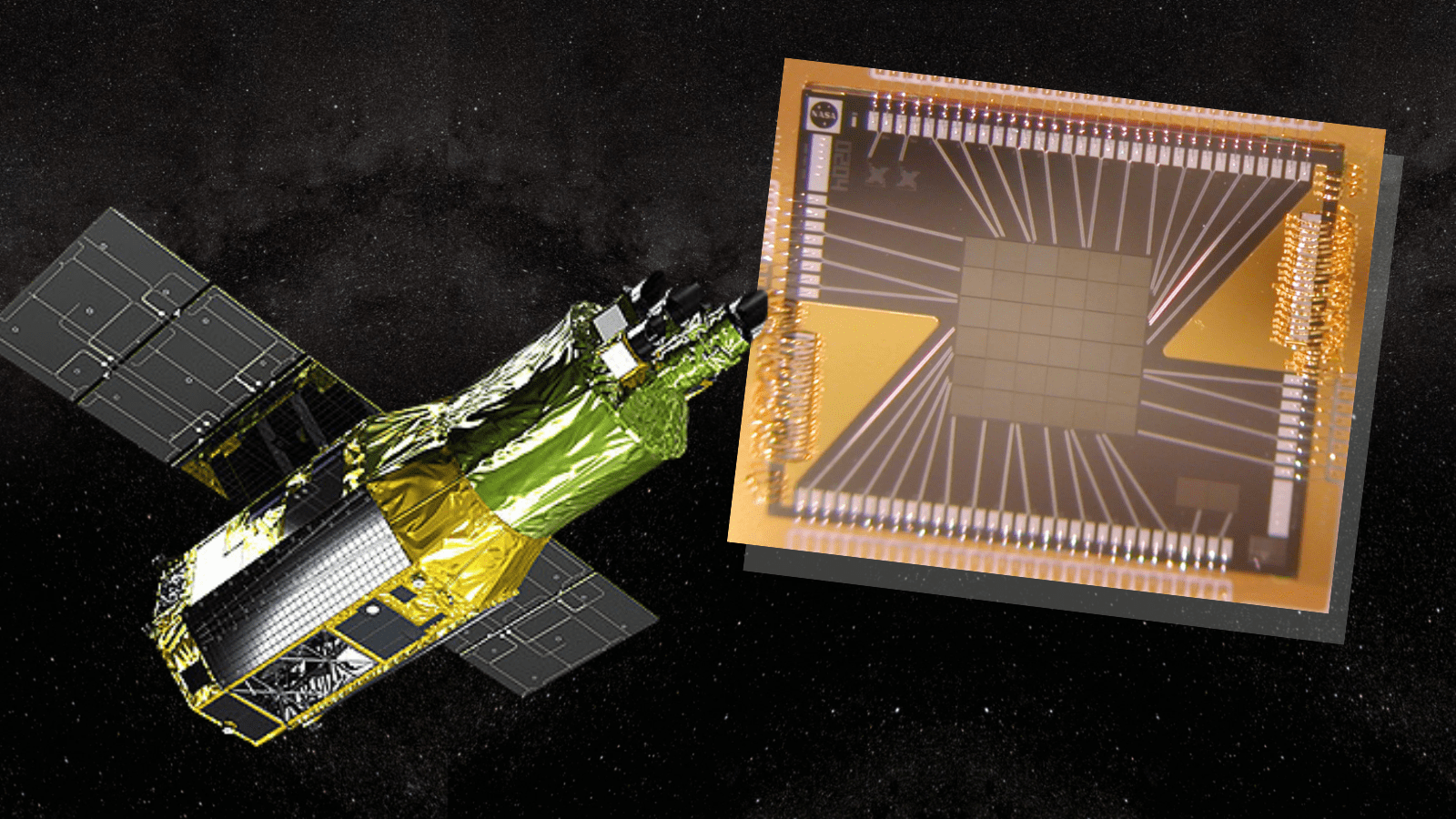
NASA’s James Webb Space Telescope has captured our imagination with its 122-megapixel infrared images taken from 1.5 million kilometers away from Earth. Now, NASA and the Japan Aerospace Exploration Agency (JAXA) are shifting their focus to a new tool with just 36 pixels—yes, just 36, not 36 megapixels. This remarkable approach is part of the X-ray Imaging and Spectroscopy Mission (XRISM), also known as “crism.”
Introducing XRISM’s 36-Pixel Imaging Instrument
The XRISM satellite launched last September and has been on a quest to explore the universe, aiming to answer some of the most intricate scientific questions. The heart of this mission lies in its imaging instrument, Resolve, which features a 36-pixel sensor designed for an innovative approach to space exploration.
Resolve’s 36-pixel array might seem minuscule compared to today’s multi-megapixel cameras, but these pixels are more than just tiny squares on a screen. According to NASA’s XRISM project scientist Brian Williams, each pixel in Resolve acts as a “microcalorimeter spectrometer.” This means that each pixel detects and measures the tiny amounts of heat carried by incoming X-ray photons, allowing scientists to identify the chemical signatures of different elements.
The Power of “Soft” X-rays and 3D Perspectives
Resolve’s capabilities extend to detecting “soft” X-rays, which hold about 5,000 times more energy than visible light. This makes it ideal for exploring the hottest areas of the cosmos, such as supermassive black holes and vast gas clouds in galaxy clusters.
Despite its limited pixel count, Resolve can produce a comprehensive range of visual data across an energy spectrum from 400 to 12,000 electron volts. Furthermore, it can perceive the motion of elements within a target, offering a unique three-dimensional perspective. For example, gas moving towards us emits higher energies, while gas moving away emits lower energies.
Unlocking New Scientific Discoveries
The ability to track the motion and flow of elements in the cosmos is groundbreaking. This advanced technology allows scientists to follow hot gas flows within galaxy clusters and observe the movement of elements in supernova remnants.
By combining precision and sensitivity with a more modest pixel count, NASA’s Resolve instrument opens up fresh avenues for scientific discovery and a deeper understanding of the universe.
In conclusion, the use of a 36-pixel camera by NASA demonstrates how quality and innovation are paramount, even when it comes to pixel count. XRISM’s Resolve is a cutting-edge tool, enabling the next wave of space exploration with its specialized focus on X-ray spectrometry.
READ ALSO: Spotify Shakes Things Up with Music Video Integration
READ ALSO: Universal Music Group to Remove Song Catalog from TikTok Amid Royalty Dispute





Leave a Comment
You must be logged in to post a comment